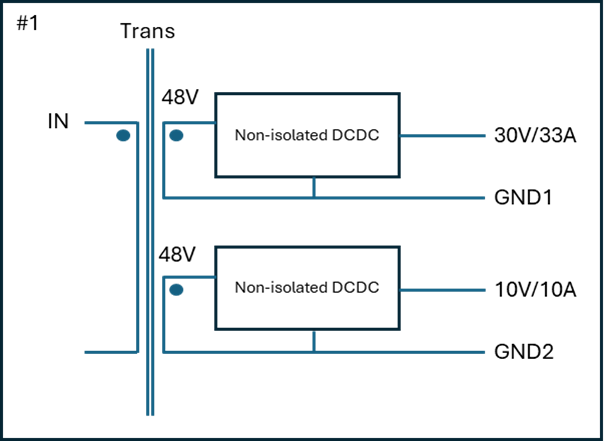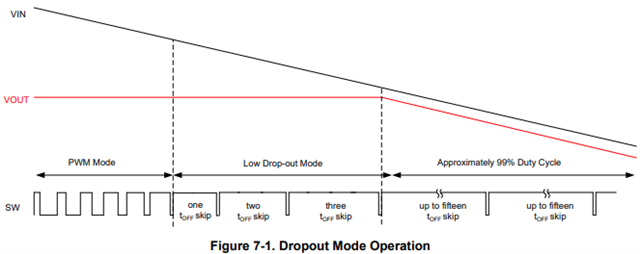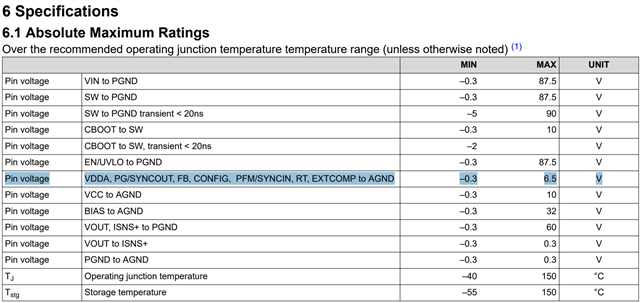Other Parts Discussed in Thread: LM70880
Tool/software:
Hello,
My customer has some questions about his DC/DC design using the LM70880-Q1.
Q1. They want to use LM70880-Q1 for below 10V/10A. Will it be ok to parallel it with other DC/DC controller?

Q2. When the output voltage is 30V, how should they set the bias voltage? Should they design it to satisfy the withstand voltage of bias to GND by configuring Zener 4.7V in series?
Q3. In the figure below, what is the voltage difference between input and output for the LDO mode operation? Could you explain each case separately when the input voltage is 48V and the output voltage is 30V and 10V?
Q4. Please tell us how to connect PG/Syncount (Can they be connected with 30V output and pull-up resistor 100k resistor?)
Thank you.
JH



 '
'